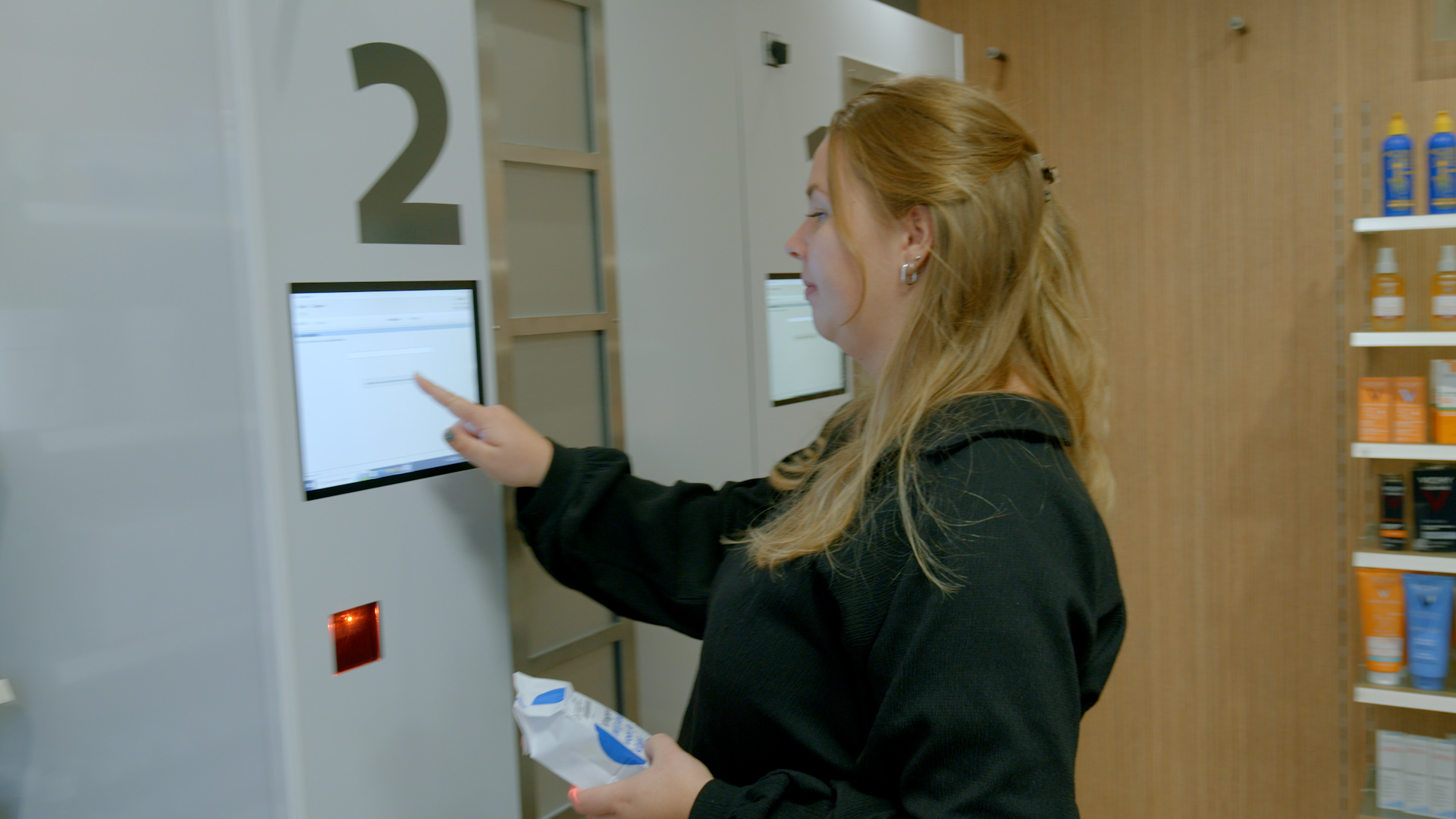Nasdaq Integrates AI to Simplify and Accelerate Bank and Insurance Risk Calculations
Market volatility and regulatory requirements are driving increasingly complex and computationally intensive risk calculations
XVA sensitivity analysis can require over 1 trillion calculations per day, requiring substantial physical infrastructure
Nasdaq incorporates AI-based machine learning to process risk calculations up to 100 times faster
NEW YORK, Oct. 17, 2024 (GLOBE NEWSWIRE) — Nasdaq (Nasdaq: NDAQ) today announced it has developed an innovative new methodology to conduct investment portfolio risk calculations and produce predictive analytics, based on advanced machine learning capability. The functionality will be integrated into Nasdaq’s Calypso platform, which is used by banks, insurers, and other financial institutions globally to access capital markets, process front-to-back office treasury workflows, manage risk, and meet regulatory reporting obligations.
XVA is a family of Value Adjustments made to derivative values to reflect the impact of risk, funding, capital, and other costs associated with trading OTC derivatives. A well-known example is a Credit Valuation Adjustment where changes are made to reflect counterparty credit risk inherent in bilateral transactions. This process has been critical to help banks manage risks since the Global Financial Crisis of 2007-8.
Alongside the development of structured products, financial engineering has led to highly complex derivative pricing models, demanding more sophisticated internal risk modelling alongside greater regulatory oversight. Collectively, this has placed a substantial and costly computational requirement on the industry.
Nasdaq’s machine learning technology is combined with a sophisticated form of mathematical modelling that can significantly improve the efficiency of conducting the most complex trading and regulatory risk calculations. It transforms the time taken to price financial instruments across millions of scenarios, processing the most complex products up to 100 times faster whilst maintaining high levels of accuracy. It can also significantly reduce the amount of physical infrastructure required to run those calculations.
Gil Guillaumey, Senior Vice President and Head of Capital Markets Technology at Nasdaq, said: “All financial institutions trading OTC derivatives are required to perform increasingly complex calculations to meet internal risk controls and regulatory mandates. Maintaining the necessary infrastructure and systems can be outrageously expensive, inefficient, and increasingly impractical regardless of cloud elasticity strategies. The sheer scale of computing power required to meet the most demanding regulations, alongside the strategic benefits of more accurate real-time analytics, is driving a profound rethink about how we can leverage AI to reduce the cost of compliance.”
Industry-wide rise in risk analytics
The ability to accurately model risk across asset classes is essential for optimal trading decisions, accurate accounting of risk profiles, and calculating capital requirements. Risk functions within financial institutions are therefore consistently enhancing their own internal framework, while regulators also recognize the benefits of increasing the volume and frequency of risk calculations such as XVA and Value-at-Risk.
For example, The Standardized Approach for XVA under Basel III Endgame introduces a more complex and granular series of calculations across firms’ trading portfolios. The regulation is aligned to best practice risk management controls, with some banks already performing intraday calculations; however, others do not have the system capability and have to accept the costs charged by their counterparty.
Today, a typical Credit Value Adjustment computation involves millions of Monte Carlo simulations over a series of points in time to produce up to 10 billion revaluations. Firms are also increasingly required to run sensitivity analysis on those calculations for risk management purposes, which can result in up to 1 trillion calculations per day for a typical portfolio, requiring a huge amount of computational power and physical infrastructure.
Nasdaq’s XVA Accelerator
Called the XVA Accelerator, Nasdaq’s innovative technology uses a mathematical approach known as Chebyshev Tensors, drawing on a patented technique and modelling expertise from MoCaX Intelligence. It incorporates a breakthrough mathematical theorem by Sergei Bernstein that allows users to identify groups of scenarios that are highly likely to converge at an exponential speed toward the target result. This will allow very accurate approximations for an extensive range of scenarios, whilst requiring substantially fewer calculations than the original method.
The Chebyshev Tensors in the XVA Accelerator are calibrated in a dynamic manner each time an XVA calculation is launched. As a result, it adapts immediately to changing market conditions, which can prove particularly valuable in moments of market disruption.
With this technology, the Nasdaq Calypso risk analytics suite can rapidly adjust during periods of heightened volatility, or fluctuating interest rates, by identifying a smaller number of ‘smart’ scenarios to provide more timely risk analytics. The model can transparently detail how it has arrived at each assumption and lower the energy requirements, or carbon footprint, associated with conducting computationally intensive calculations.
Ultimately, this approach can significantly improve execution times, reduce costs, and empower financial institutions to more effectively manage risk.
As a scaled platform partner, Nasdaq draws on deep industry experience, technology expertise and cloud managed service services to help 3,500+ banks, brokers, regulators, financial infrastructure operators, and buy-side firms solve their toughest operational challenges while advancing industrywide modernization.
About Nasdaq
Nasdaq (Nasdaq: NDAQ) is a leading global technology company serving corporate clients, investment managers, banks, brokers, and exchange operators as they navigate and interact with the global capital markets and the broader financial system. We aspire to deliver world-leading platforms that improve the liquidity, transparency, and integrity of the global economy. Our diverse offering of data, analytics, software, exchange capabilities, and client-centric services enables clients to optimize and execute their business vision with confidence. To learn more about the company, technology solutions, and career opportunities, visit us on LinkedIn, on X @Nasdaq, or at www.nasdaq.com.
Media Contact:
Andrew Hughes
+44 (0)7443 100896
Andrew.Hughes@nasdaq.com
Camille Stafford
+1 (234) 934 9513
Camille.Stafford@nasdaq.com
Cautionary Note Regarding Forward-Looking Statements:
Information set forth in this press release contains forward-looking statements that involve a number of risks and uncertainties. Nasdaq cautions readers that any forward-looking information is not a guarantee of future performance and that actual results could differ materially from those contained in the forward-looking information. Forward-looking statements can be identified by words such as “can”, “will”, and other words and terms of similar meaning. Such forward-looking statements include, but are not limited to, statements related to the benefits of AI within Nasdaq’s Calypso solution. Forward-looking statements involve a number of risks, uncertainties or other factors beyond Nasdaq’s control. These risks and uncertainties are detailed in Nasdaq’s filings with the U.S. Securities and Exchange Commission, including its annual reports on Form 10-K and quarterly reports on Form 10-Q which are available on Nasdaq’s investor relations website at http://ir.nasdaq.com and the SEC’s website at www.sec.gov. Nasdaq undertakes no obligation to publicly update any forward-looking statement, whether as a result of new information, future events or otherwise.
NDAQG


















